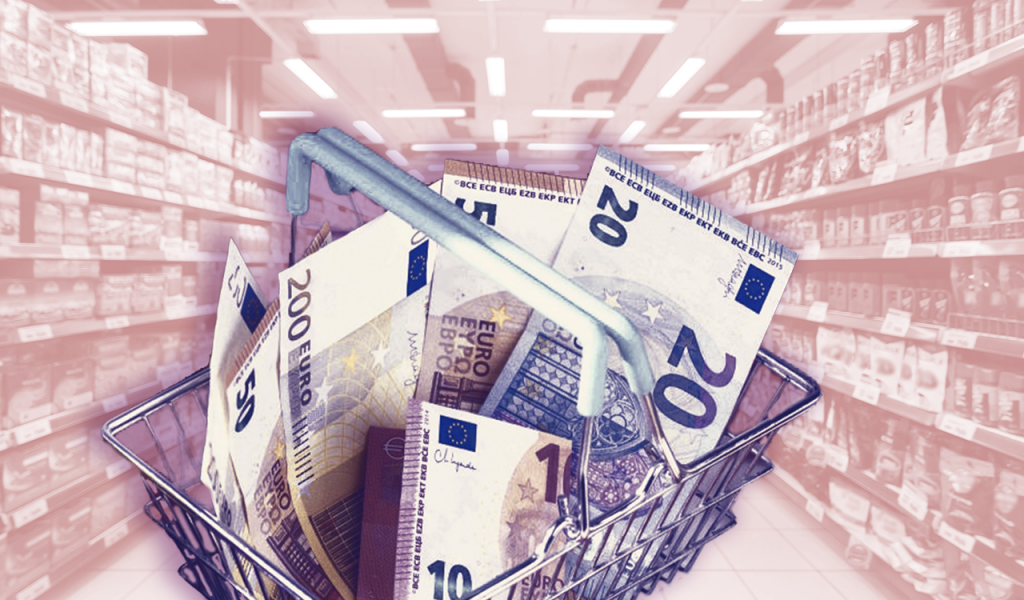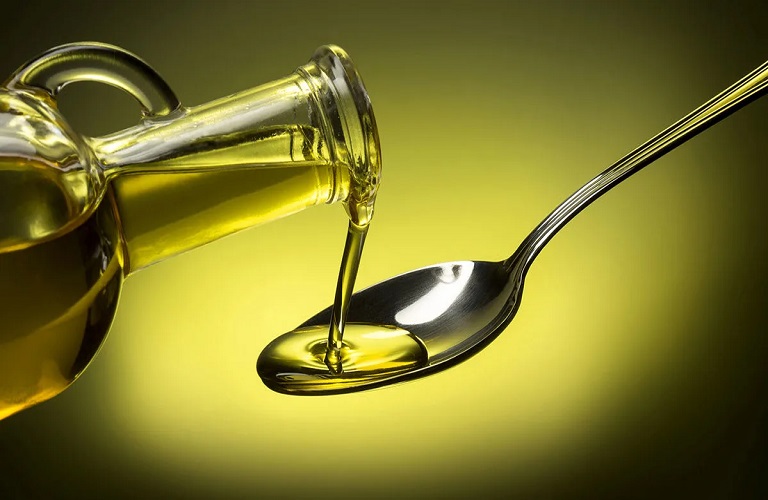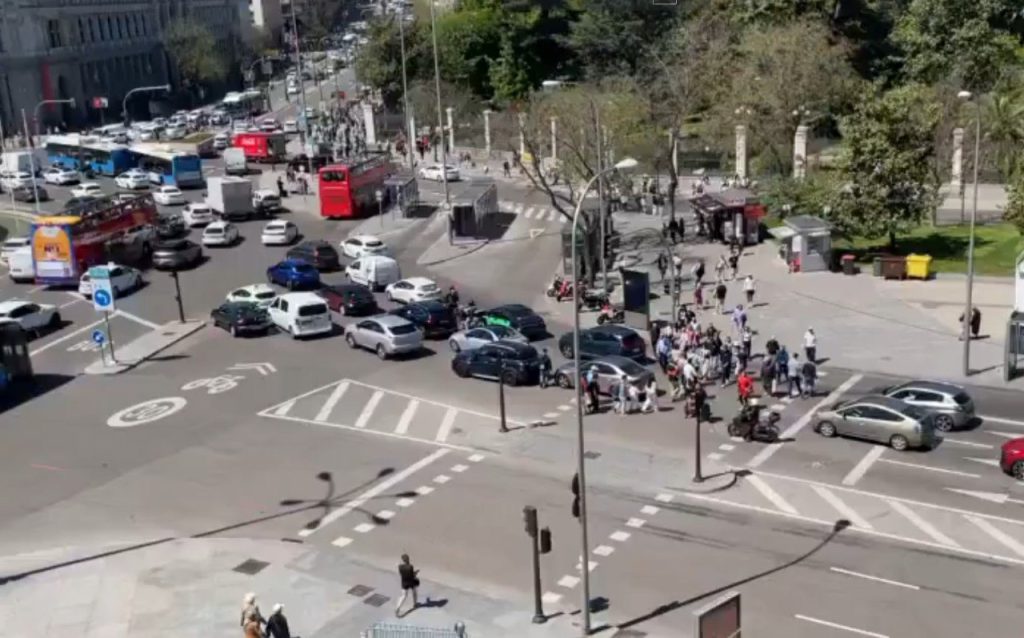A slight decline has been recorded recently in producer prices for olive oil in Greece and Spain, following a year when the “golden fruit” became a luxury item and consumers faced high prices.
Currently, supermarket prices for olive oil range from 10.90 to 18 euros per liter, while organic olive oil has soared to 22.60 euros per liter. In contrast, producers are now selling extra virgin olive oils for 7.80 to 8.20 euros per liter, down from 9.30-9.50 euros a month ago.
Despite a reduction in producer prices of around 1-1.30 euros, consumers have not seen this reflected on the shelves. A drop in producer prices doesn’t automatically translate to a decrease for consumers. “The adjustment process is not automatic, neither from the packagers nor from the retailers,” explains the president of the Interprofessional Olive Oil Organization (EDOE), Manolis Giannoulis.
“This discrepancy stems from a combination of factors,” explains Giannoulis. “Reduced consumption is evident in the market, while buyers are exercising caution, depleting reserves and awaiting developments in the new year.”
As for olive oil production in Greece, early indications are positive, with more definitive figures expected by mid-June. “We anticipate final fruit set shortly, assuming normal development conditions,” Giannoulis adds, forecasting a harvest surpassing last year’s low of 130,000-150,000 tons.
Meanwhile, in Spain, which significantly influences the final price, the country has the potential to produce over 2 million tons in a year of overproduction due to its extensive olive tree population. For the upcoming year, achieving 50%-60% of this potential seems feasible.
“Numbers were mentioned suggesting a 70% production in Spain. If this happens, the main scenario is that prices will be under significant pressure because global consumption has decreased significantly—by 40%. As a result, we will have excessive supply and falling prices, and we will have to wait to see where they settle,” notes Giannoulis.




